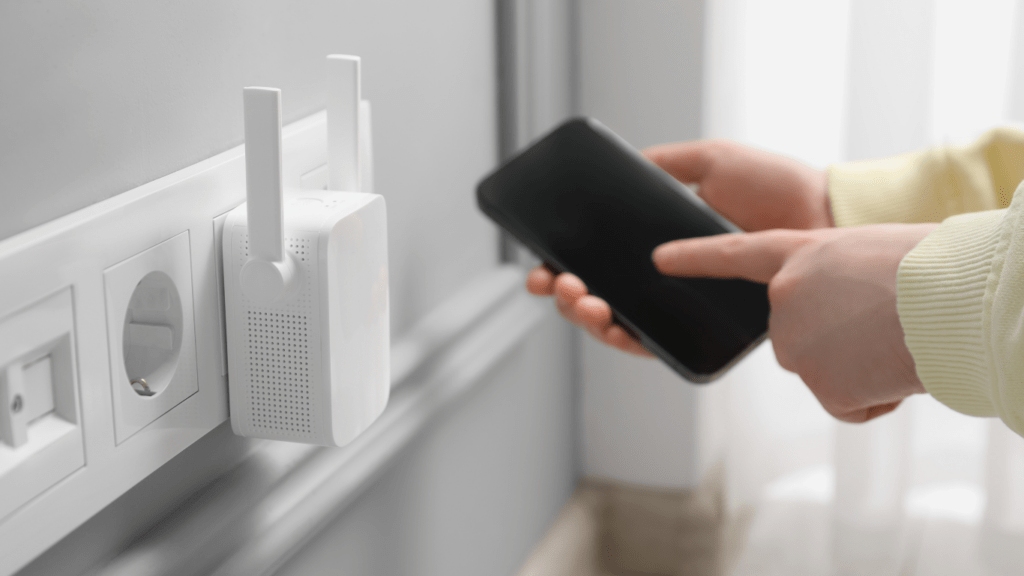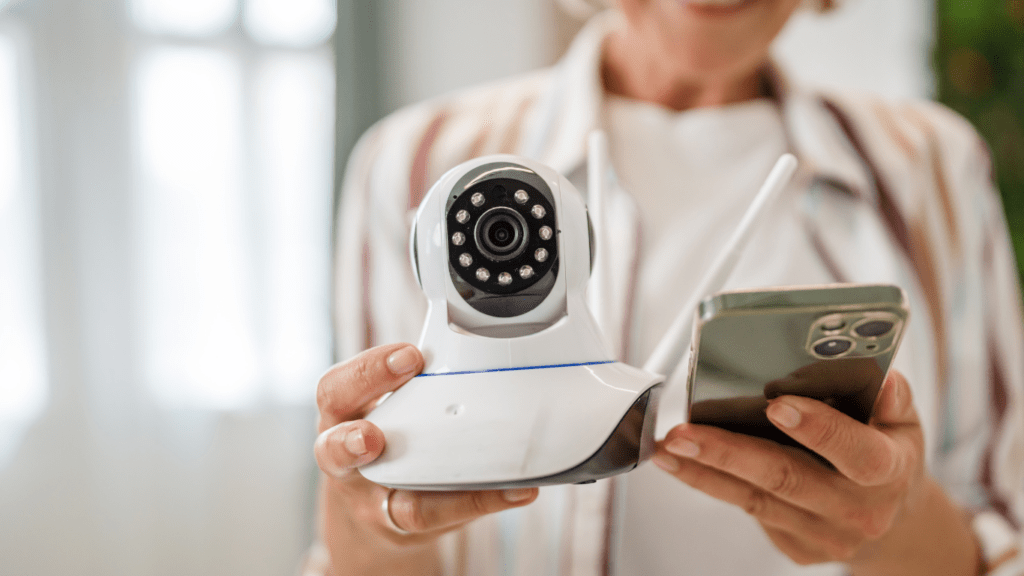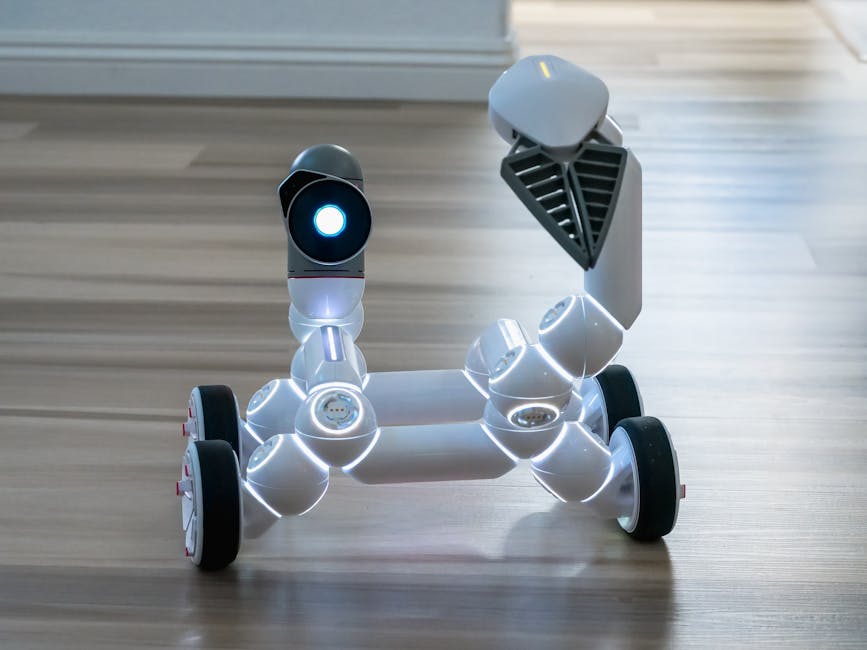Understanding the Smart Home Concept
A smart home connects multiple devices and systems, enabling them to communicate and automate functions. These components range from lighting and temperature control to security and entertainment systems. They work collectively to provide a seamless living experience.
Interconnected devices form the backbone of a smart home. Examples include smart thermostats like the Nest, which adjust temperature based on occupancy, and smart lighting systems like Philips Hue, which can be controlled via a smartphone app. These systems often use Wi-Fi, Zigbee, or Z-Wave protocols to communicate.
Centralized control is a key feature of any smart home. Platforms like:
- Amazon Alexa
- Google Home
- Apple HomeKit
unify device management, allowing users to control all connected devices from one interface. For example, voice commands can turn off lights, lock doors, and play music simultaneously.
Automation enhances convenience in a smart home. Routines can be set up so that specific actions occur at certain times or under particular conditions. For instance, lights can turn on automatically at sunset, or the coffee maker can start brewing when an alarm goes off. This reduces manual intervention and increases efficiency.
Security systems in smart homes offer enhanced protection. Smart locks, video doorbells, and surveillance cameras provide real-time monitoring and alerts. This integration ensures that users can manage home security even when they’re away.
Energy efficiency is another significant benefit of smart homes. Smart thermostats and lighting systems reduce energy consumption by optimizing settings. For instance, lights can turn off automatically when rooms are unoccupied, leading to lower utility bills.
Smart home ecosystems continue to evolve, making them more accessible and versatile. As technology advances, the potential for creating fully connected smart homes expands, providing more options for homeowners to customize their environments.
Essential Components of a Fully Connected Smart Home
Building a smart home involves integrating various devices that offer control, automation, and convenience. Below are key components to consider:
Smart Speakers
Smart speakers, like Amazon Echo and Google Home Assistant, act as the hub of a smart home. They control other devices via voice commands. These devices play music, provide weather updates, and answer questions, enhancing daily routines. Integration with third-party apps expands functionality further.
Smart Lighting
Smart lighting, including brands like Philips Hue and LIFX, allows control of lights via apps or voice commands. Options include dimmable bulbs, color-changing LEDs, and motion sensors. Automating lighting schedules improves energy efficiency and security, with lights simulating presence when away from home.
Smart Thermostats
Smart thermostats, such as Nest and Ecobee, offer precise climate control. These devices learn user preferences to create energy-efficient schedules. Remote access via smartphones enables temperature adjustments from anywhere, reducing energy consumption and enhancing comfort.
Smart Security Systems
Smart security systems combine cameras, doorbells, and sensors to monitor home safety. Brands like Ring and Arlo provide real-time alerts and video feeds accessible via smartphones. Additional features include facial recognition and cloud storage, ensuring comprehensive monitoring and record-keeping.
Smart Appliances
Smart appliances, including refrigerators, ovens, and washing machines, connect to home networks for remote control and monitoring. Brands like Samsung and LG offer appliances that create shopping lists, preheat ovens, and adjust wash cycles. Integration with other smart home devices enhances overall home efficiency.
Integrating these components creates a fully connected smart home, offering unprecedented convenience and control over one’s living environment.
Setting Up Your Smart Home Network

Setting up a robust network is crucial for a fully connected smart home. Key steps ensure seamless communication among devices.
Choosing the Right Router
I recommend starting with a high-performance router that supports the latest Wi-Fi standards, such as Wi-Fi 6. Choose a router with dual or tri-band capability to handle multiple devices efficiently. Ensure it offers advanced features like MU-MIMO and beamforming for superior performance. Look for a router with strong security protocols, like WPA3, to protect your network.
Ensuring Strong Wi-Fi Coverage
To maintain strong Wi-Fi coverage throughout your home, consider mesh Wi-Fi systems. These systems use multiple nodes to eliminate dead zones and provide consistent connectivity. Place the main router in a central location, elevated and away from obstructions. If your home is large, add range extenders or additional nodes to ensure coverage in every room. Regularly update firmware to maintain optimal performance.
Securing Your Network
Securing your network is critical to protect your data and privacy. Change the default router password to a strong, unique one. Enable network encryption (WPA3) and disable remote management features unless necessary. Create a separate guest network for visitors to prevent unauthorized access to your main network. Regularly update your router’s firmware to patch any security vulnerabilities. Use network security software to monitor and block suspicious activities.
By following these steps, you can establish a reliable, secure network that supports all your smart home devices seamlessly.
Integrating Smart Devices
Connecting smart devices means ensuring that each component in the home network communicates smoothly. Proper integration maximizes efficiency and enhances user experience.
Compatibility Considerations
Ensuring compatibility is crucial when incorporating new devices. I recommend checking if the smart device supports your existing home automation platform, like Amazon Alexa, Google Home, or Apple HomeKit. Manufacturers often list compatible platforms in product specifications. Look for devices marked as Z-Wave or Zigbee compatible, as these protocols ensure interoperability. If a device isn’t compatible with your current setup, using a third-party service like IFTTT (If This Then That) could bridge compatibility gaps.
Using Smart Hubs
A smart hub acts as the central point in your smart home, enabling seamless communication between devices. The hub often manages and controls different devices, regardless of protocol differences.
I suggest selecting a smart hub that’s compatible with most of your devices; notable examples include Samsung SmartThings, Hubitat, and Wink. Some hubs integrate with voice assistants, allowing comprehensive management through voice commands. Position the hub centrally within your home to improve connectivity and reduce latency.
Automating Your Smart Home
Creating routines and scenes and utilizing voice assistants significantly enhance the smart home experience.
Creating Routines and Scenes
Creating routines and scenes customizes the smart home environment. Routines automate multiple actions based on triggers like time, location, or device state.
For instance, a “Good Morning” routine can turn on lights, adjust the thermostat, and start the coffee maker at 7 AM. Scenes, on the other hand, group settings for various devices into one command. An “Evening Relax” scene might dim the lights, lower the blinds, and play relaxing music. Utilize app features of platforms like Amazon Alexa and Google Home to set these up, ensuring a smooth and consistent experience.
Using Voice Assistants
Using voice assistants like Alexa, Google Assistant, and Siri adds convenience and ease to daily tasks. Configure these assistants to control smart devices through voice commands.
Say, “Alexa, turn off the living room lights,” or “Hey Google, set the thermostat to 72 degrees.” Voice control helps manage multiple activities without physical effort. Ensure that voice assistants integrate well with all your smart devices for seamless automation. Also, keep software updated for optimal performance.
Challenges and Solutions
Creating a fully connected smart home brings great convenience, but it also comes with certain challenges. I’ll address common issues and their solutions under the following subheadings.
Troubleshooting Connectivity Issues
One of the main challenges in a smart home is maintaining device connectivity. Network congestion can lead to inconsistent performance among smart devices.
- Upgrade Router: Ensuring the router supports the latest Wi-Fi standard, like Wi-Fi 6, helps manage multiple devices efficiently.
- Mesh Wi-Fi Systems: Using a mesh Wi-Fi system ensures strong, consistent coverage throughout the home, reducing dead zones.
- Device Placement: Positioning devices strategically to avoid obstructions like walls and heavy furniture improves signal strength.
- Firmware Updates: Keeping device firmware up to date enhances compatibility and fixes known issues.
- Network Channels: Configuring the router to use less congested network channels reduces interference.
Privacy and Security Concerns
Security and privacy pose significant challenges in a smart home due to the interconnected nature of devices.
- Strong Passwords: Using strong, unique passwords for smart devices and accounts minimizes the risk of unauthorized access.
- Two-Factor Authentication (2FA): Enabling 2FA adds an extra layer of security by requiring a second form of verification.
- Software Updates: Regularly updating software and firmware ensures protection against the latest security vulnerabilities.
- Guest Networks: Setting up a separate guest network isolates visitor devices from sensitive home devices, enhancing security.
- Encryption: Ensuring devices use encrypted communication safeguards data against eavesdropping and tampering.
Addressing these challenges effectively ensures a more reliable and secure smart home environment. Leveraging these solutions keeps the smart home functional and protected.



 Lead Interior Design Expert
Maud Berthold is Luxe House Maker’s lead interior designer, bringing over a decade of experience in creating luxurious and functional living spaces. Specializing in the art of blending timeless elegance with modern sensibilities, Maud’s designs are known for their sophistication and attention to detail. She works closely with clients to craft interiors that reflect their personal tastes while adhering to the highest standards of luxury. From high-end furniture to custom décor, Maud ensures that each project is an exquisite balance of form and function, making her a key asset to the Luxe House Maker team.
Lead Interior Design Expert
Maud Berthold is Luxe House Maker’s lead interior designer, bringing over a decade of experience in creating luxurious and functional living spaces. Specializing in the art of blending timeless elegance with modern sensibilities, Maud’s designs are known for their sophistication and attention to detail. She works closely with clients to craft interiors that reflect their personal tastes while adhering to the highest standards of luxury. From high-end furniture to custom décor, Maud ensures that each project is an exquisite balance of form and function, making her a key asset to the Luxe House Maker team.
